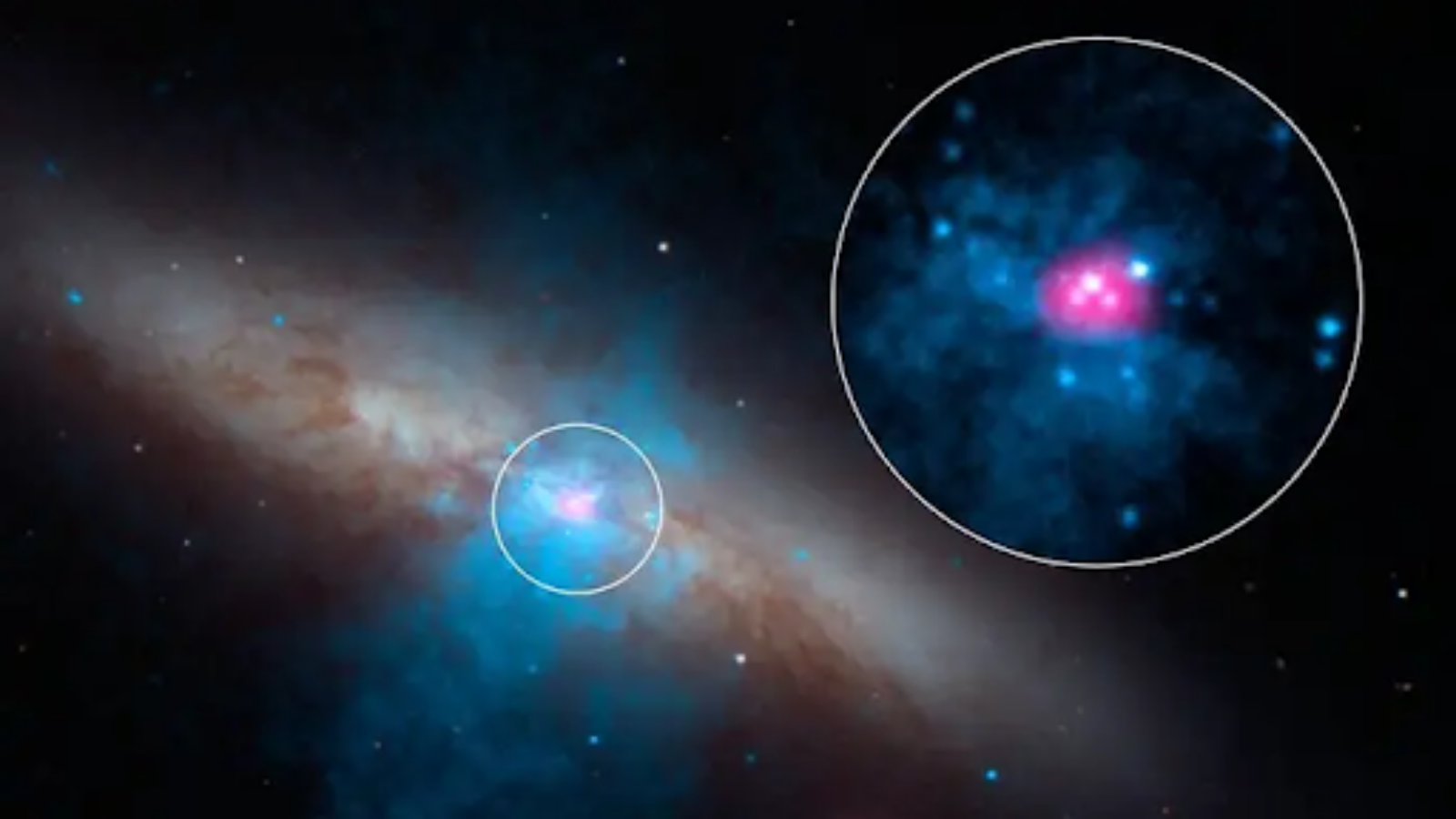Through viewing a section of space with a highly advanced X-ray telescope, scientists have detected a star-like object in deep space that they claim is more than 10 million times brighter than our sun. The problem? Experts are saying that the object’s brightness means it shouldn’t even exist according to the Eddington Limit, a rule that states an object can be only so bright before it begins pushing away matter from itself. Theories are already floating around about what could be the possible cause of the object’s extreme brightness, but if truly unexplainable, the new discovery could permanently change scientific theory in the field of astronomy.
Insider: A mysterious object has been spotted that’s 10 million times as bright as the sun. Scientists can’t work out why it hasn’t exploded.
By Marianne Guenot; May 10, 2023
Scientists have been left baffled by a mysterious celestial object so bright that physics dictates it should have exploded.
NASA has been tracking so-called ultraluminous X-ray sources, objects that can be 10 million times as bright as the sun, to understand how they work.
These objects are impossible in theory because they break the Eddington limit, a rule of astrophysics that dictates an object can be only so bright before it breaks apart.
A new study categorically confirms that M82 X-2, a ULX 12 million light-years away, is as bright as previous observation suggested.
But the question remains: How can it exist?
The principle behind Arthur Eddington’s rule is simple. Brightness on this scale comes only from material — like stardust of remnants of disintegrating planets — that falls inward toward a massive object, such as a black hole or a dead star.
As it’s pulled by the object’s intense gravity, the material heats up and radiates light. The more matter that falls toward the object, the brighter it is. But there’s a catch.
At a certain point, so much matter is being pulled in that the radiation it’s emitting should be able to overwhelm the power of the gravity from the massive object. That means at some point, the radiation from the matter should push it away, and it should stop falling in.
But if it’s not falling in, the matter shouldn’t be radiating, which means the object shouldn’t be that bright. Hence the Eddington limit.
Because of the Eddington limit, scientists have questioned whether the ULX’s brightness was indeed caused by enormous amounts of material falling into it.
One theory, for instance, is that strong cosmic winds concentrated all the material into a cone. In this theory, the cone would be pointed toward Earth, which would create a beam of light that would look much brighter to us than if the material was scattered evenly around the ULX.
But a new study looking at M82 X-2, a ULX caused by a pulsating neutron star in the Messier 82 galaxy, put the cone theory to rest.
(A neutron star is a superdense object left behind when a star has run out of energy and dies.)
The analysis, published in The Astrophysical Journal in April, found that M82 X-2 pulled in about 9 billion trillion tons of material per year from a neighboring star, or about 1.5 times the mass of Earth, a NASA statement said.
That means the brightness of this ULX is caused by limit-breaking amounts of material.
Given this information, another explanation has become the leading theory to explain ULXs. And it’s even more bizarre.
In this theory, superstrong magnetic fields shoot out of the neutron star. These would be so strong that they would squish the atoms of the matter falling into the star, turning the shape of these atoms from a sphere into an elongated string, NASA’s statement said.
In this case, the radiation coming from these squished atoms would have a harder time pushing the matter away, explaining why so much matter could fall into the star without breaking apart.
The problem is that we’ll never be able to test this theory on Earth. These theoretical magnetic fields would have to be so strong that no magnet on Earth could reproduce them.
“This is the beauty of astronomy. Observing the sky, we expand our ability to investigate how the universe works. On the other hand, we cannot really set up experiments to get quick answers,” Matteo Bachetti, an author on the study and astrophysicist with Italy’s National Institute for Astrophysics’ Cagliari Observatory, said in NASA’s statement.
“We have to wait for the universe to show us its secrets,” he said.
